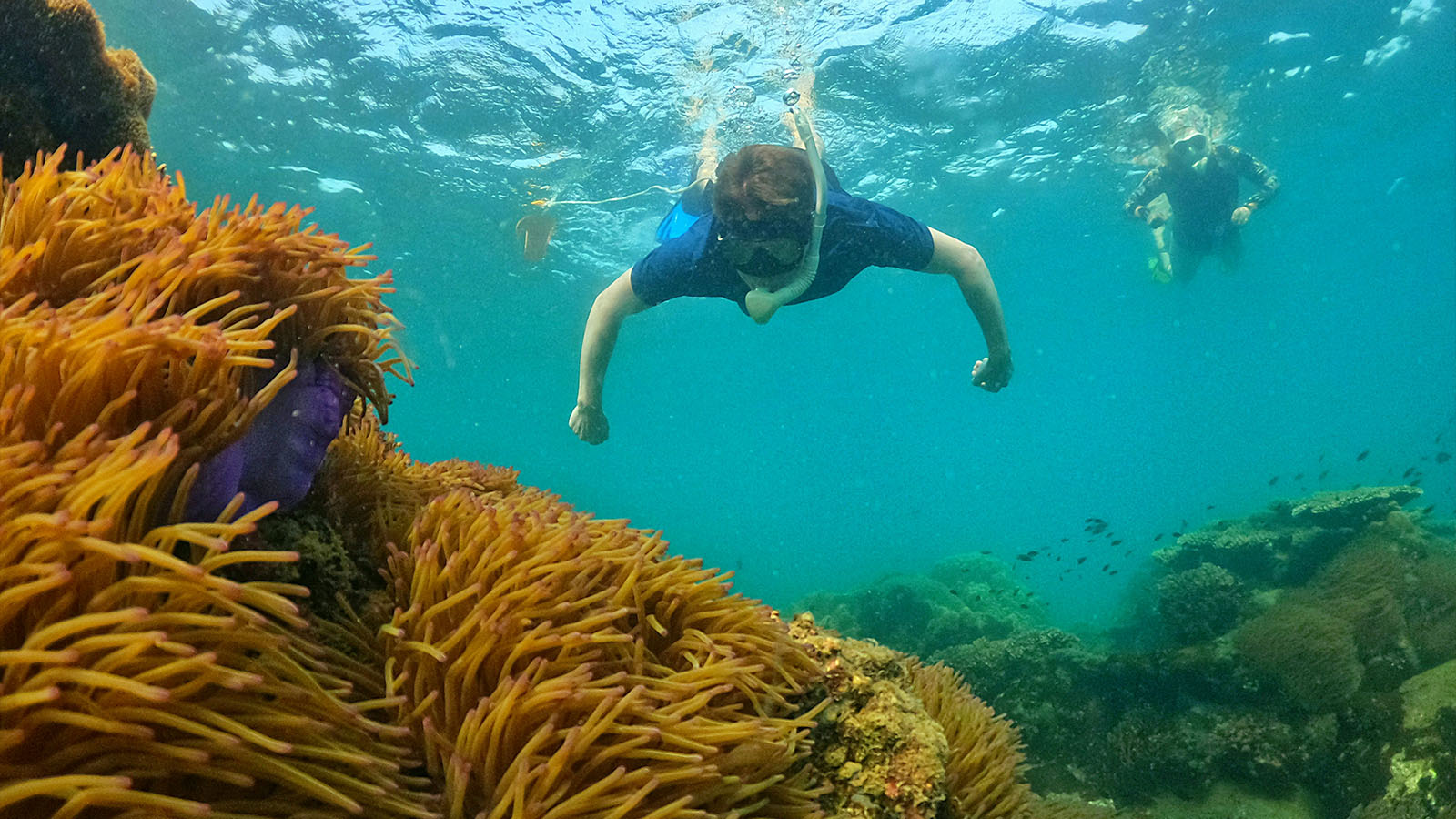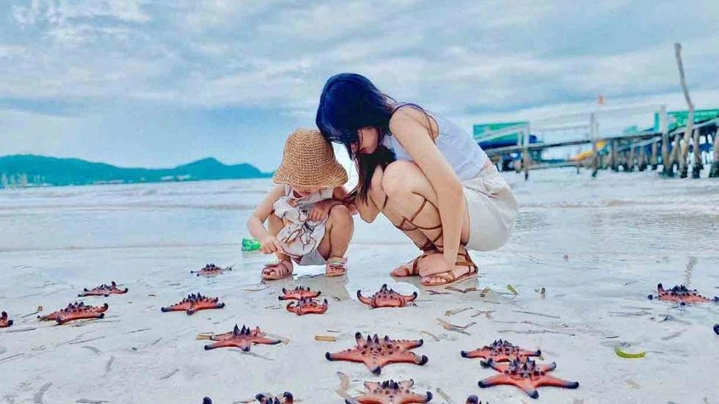Vietnam Fine Arts Museum In Hanoi: Is It Worth The Visit?
The Vietnam Fine Arts Museum in Hanoi is today a beacon of artistic heritage in the heart of Hanoi, but its story goes all the way back to the beginning of the 20th century. Modeled after French villas, the building was constructed in 1937 under the name "Famille de Jeanne d’Arc", originally intended as a boarding house for the daughters of French officials from all over Indochina who came to study in Hanoi.
In 1962, the building underwent a metamorphosis, reborn as the Vietnam Fine Arts Museum in Hanoi, a sanctuary for Vietnamese paintings. Embracing its new identity, the museum seamlessly blended European architectural aesthetics with traditional Vietnamese motifs, embodying the harmonious convergence of the old and the new.
In 1966, the museum flung open its doors to visitors. Spanning a campus area of approximately 4,200 square meters, it became a sanctuary for artistic exploration and appreciation.
What To See At The Vietnam Fine Arts Museum In Hanoi?
Prehistoric and Ancient Art: The first exhibition hall introduces the formation and development of prehistoric and ancient Vietnamese art from around the 2nd century AD. This art originates from the agricultural communities of Vietnam, characterized by richness, uniqueness, and diversity. Exhibited artifacts mainly focus on the cultural heritage of North and Central Vietnam, including production tools, household items, weapons, jewelry, and artistic images.
Art from the 11th to the 19th Century: Exhibition halls 2 through 7 display art from different historical dynasties: art from the Ly and Tran dynasties, art from the early Le, Mac, and later Le dynasties, and art from the Tay Son and Nguyen dynasties. Each artwork from these periods carries distinct characteristics and highlights of its respective historical era. You will also find artifacts and relics bearing distinct influences of Buddhism and Cham Pa culture.
Contemporary Art of the 20th Century: From hall 8 to hall 24, artworks of the 20th century art are exhibited, including artwork created before the revolution (1925 - 1945) and during the resistance against the French (1945 - 1954), modern lacquer paintings and sculptures, silk paintings, paper paintings, and oil paintings. This period marks significant political, economic, and social changes. Vietnamese art during this time also saw innovation in materials, forms of expression, themes, and inspirations. Particularly noteworthy is the collection of generations of Indochinese Fine Arts painters, marking a vibrant period of development for Vietnamese Fine Arts.
Traditional Applied Art: In the exhibition hall showcasing traditional applied art, various handicraft techniques are displayed on different materials found in Vietnam, showcasing a remarkable level of craftsmanship and diversity in the use of materials such as bamboo, woven fabrics, mother of pearl inlay, ceramics, and metal.
Folk Art: The collection of folk art includes two prominent forms: folk sculptures and folk paintings. Folk paintings often depict vibrant and lively scenes, covering different themes such as worship, celebration, daily activities, and famous historical figures, as seen in Dong Ho paintings, Kim Hoang paintings, and Sinh paintings. Folk sculptures, made from clay, metal, or carved wood, depict the longstanding traditions and customs of the people.
Ceramic Collection (from the 11th to the 20th Century): The exhibition hall presents ceramic art from multiple historical periods: the jade and crackle glaze ceramics of the Ly dynasty (11th-12th centuries), brown ceramics of the Tran dynasty (12th-14th centuries), white enamel ceramics (15th-19th centuries), and modern ceramics in the early 20th century.
Visiting The Vietnam Fine Arts Museum In Hanoi
Address: 66 Nguyen Thai Hoc, Ba Dinh, Hanoi
Opening hours: 8:30 AM 5:00 PM
Entrance fee:
Adults: 40,000 VND per person.
Students: 20,000 VND per person.
Children from 6 to 16 years old: 10,000 VND per person.
Children under 6 years old and disabled people: Free
Other fees:
Tour guide: 150,000 VND per group (maximum 25 people per group).
Audio guide: 50,000 VND per person (Vietnamese, English, French, Spanish, Italian, German, Japanese, Korean, Chinese).
Motorcycle parking: 5,000 VND per motorcycle.
Car parking: 30,000 VND per car.
Send us your comments about : Vietnam Fine Arts Museum In Hanoi: Is It Worth The Visit?
Required fields *
You might also be interested
Travel ideas
Need some inspiration? Discover some of the best tours in Vietnam, which are highly appreciated by our clients. An excellent starting point to help you choose the right trip to Vietnam, Laos, Cambodia, Burma or Thailand, whether you are traveling alone, as a couple, as a family or with friends.
And because this trip is yours, feel free to customize it as you wish!
Vietnam Cambodia Itinerary 14 Days
Hanoi – Hoa Binh – Mai Chau – Ninh Binh – Halong bay – Hue - Danang – Hoian – Saigon – Ben Tre - Can Tho – Saigon - Siem Reap Angkor - Tonlé Sap - Siem Reap – Ta Prohm - Departure
Vietnam 14 Day Itinerary
Vietnam 14-day itinerary covers the country’s top highlights and quintessential experiences for an unforgettable journey.
Honeymoon Tour Pakcages In Vietnam 12 Days
Saigon Arrival - City Tour – Mekong Delta – Danang – Hoian - by flight - Da Nang – Hanoi - by flight – Halong - overnight on junk – Departure
Authentic Hoang Su Phi Trekking Tours
Hoang Su Phi trekking tours take you to stunning terraces, meet few tourists, connect with locals and enjoy authentic culture.
Best Nha Trang Beach Tour 4 Days
Saigon/Hanoi – Nha Trang relaxation – Saigon/Hanoi – Departure
Mekong Delta Bike Tour Itinerary 7 Days
Cycle through the Mekong Delta in 7 days, discovering floating markets, orchards, craft villages, and tranquil green islands.
Are you interested in this tour?



























Comment